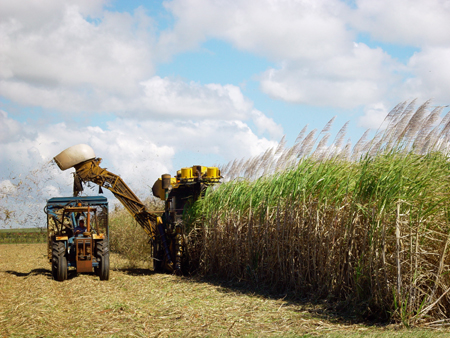Brasília – Brazil’s Gross Domestic Product (GDP) contracted 0.1% in the third quarter of this year, compared to the previous quarter, totaling BRL 2.2 trillion (about USD 390 billion at the current rate). Data were released this Thursday (2) by the Brazilian Institute of Geography and Statistics (IBGE). However, in comparison to the third quarter of 2020, there was a 4% increase. GDP also has accumulated growth in the last 12-month period (3.9%).
From the second to the third quarter of this year, the decrease was driven by the agricultural sector, which had an 8% decline. According to researcher Rebeca Palis from IBGE, the result was influenced by the end of the soy harvest, which is more concentrated in the first half of the year.
“Since it is the leading Brazilian commodity, agricultural production tends to be lower in the second half of the year. In addition, agriculture comes from a high comparison baseline, as it was the sector that grew the most during the pandemic period and, for this year, the perspectives were not so positive, in a negative biennium for coffee and with the occurrence of adverse climatic phenomena at the time of planting some of the grains,” said the researcher.
The industry sector remained stable in the period. On the other hand, the 1.1% rise in the services sector prevented a more significant slump in the GDP. Construction surged 3.9% and avoided a downturn in the industry. From the perspective of demand, gross fixed capital formation (investments) diminished by 0.1%. Household consumption advanced 0.9%, while government consumption rose 0.8%. There were decreases in exports (-9.8%) and imports (-8.3%) of goods and services in the external sector.
Translated by Elúsio Brasileiro




